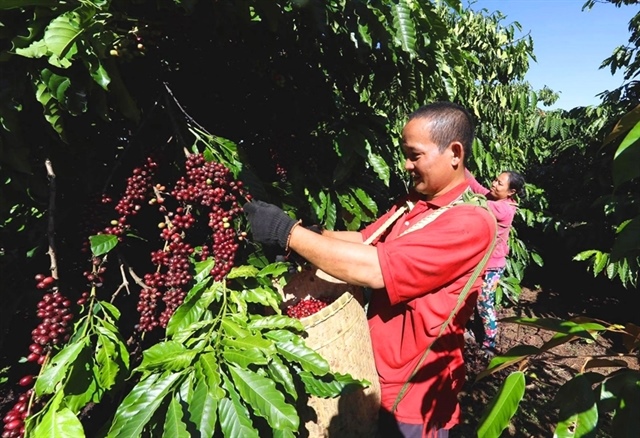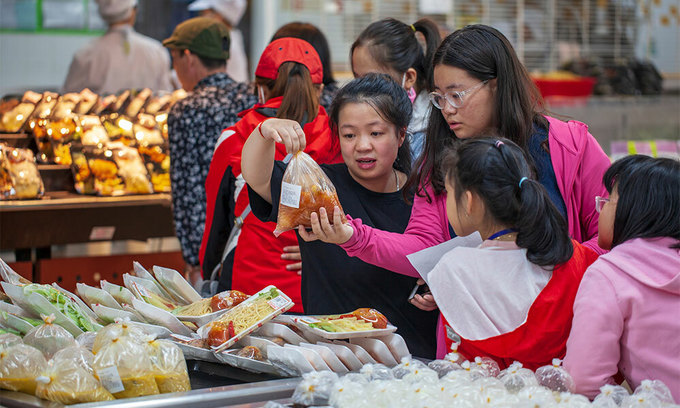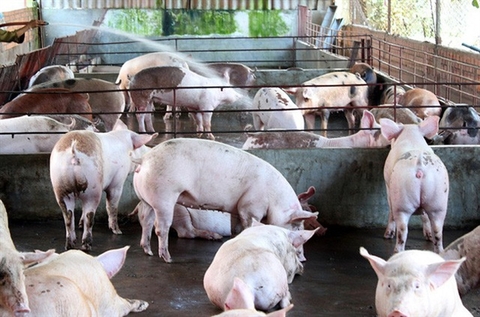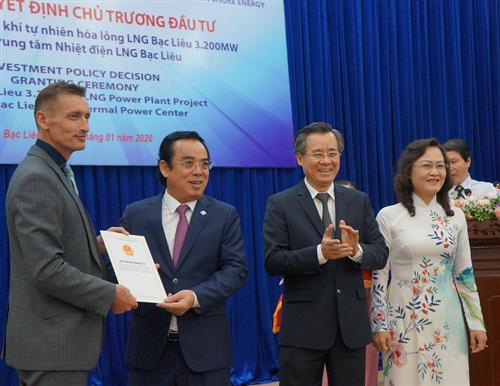International fruit exporters see Vietnamese market as ripe for picking
International fruit exporters see Vietnamese market as ripe for picking
With a growing middle class and high GDP growth, Viet Nam has become an ideal market for foreign fruit exporters, experts have said. 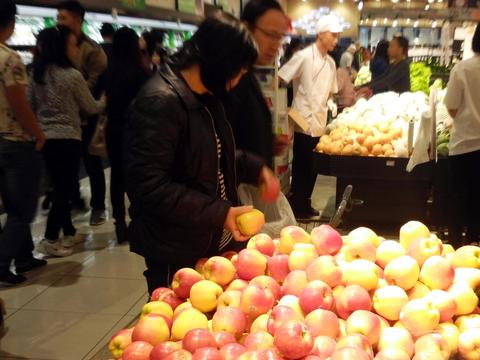
In the last five years, foreign fruit exporters, especially those from the US, Japan, Australia and Canada, have been looking for import partners in Viet Nam.
Last year, Viet Nam spent US$1.775 billion to import fruits and vegetables, and the figure is expected to rise.
Prior to the Tet (Lunar New Year) holiday, Sunkist-brand oranges from the US were being sold at the Korean E-mart supermarket and the Thu Duc agriculture wholesale market in HCM City. The oranges are expected to be sold at VinMart soon.
According to Sunkist Growers, Inc., a not-for-profit organisation in the US, the oranges have recently been approved for export to Viet Nam.
The US also exports apples, grapes, cherries, pears and blueberries to Viet Nam.
Benjamin Petlock, an agricultural consultant at the US Department of Agriculture, said the US was able to export the oranges to Viet Nam after many years of effort.
Australia has also exported a large amount of fruits to Viet Nam in recent years.
Last year, Australian wine growers made two trips to the country to find ways to boost export of fruits, especially seasonal grapes.
In addition, exports from Asia, including South Korean and Japanese fruits such as strawberries, green grapes and others are also available in Viet Nam.
A representative of the South Korean supermarket chain K-Mart in Viet Nam said the Viet Nam-Korea Free Trade Agreement (KVFTA) has been in effect for four years, boosting Korean seasonal fruit exports to Viet Nam.
Fresh Korean agricultural products are transported by air to Viet Nam. The main exports are from South Koreas Gimcheon, Gyeonggi-do and Gyeongnam provinces, which are the most developed agricultural areas in South Korea.
With its 17 free trade agreements (FTAs), of which 13 are already active, Viet Nam's population of 97 million makes it a market of high potential. And, with import tax rates of goods from markets with FTA dropping sharply, agricultural products and foodstuff exports can enter Viet Nam more easily.
Jeff Scott, director of Australian Table Grape Association, Inc., said new varieties were coming into production for export this year, such as Sweet Surrender, Ivory Seedless, Sweet Nectar, Magenta, Sweet Globe, Sweet Celebration, Luisco seedless, and others.
Thompson seedless and Crimson seedless grapes are still expected to be Australias main export varieties, he said.
“Looking at this years crop forecast, the main table grape variety exported to Viet Nam from previous years, Thompson and Crimson seedless, will see increased production volumes of 7.4 per cent and 6.6 per cent, respectively.”
Total Australian exports over the last year increased 33 per cent, while exports to Viet Nam grew 81 per cent.
“We are confident that the forecast for main varieties exported to Viet Nam will increase substantially in the next 10 years,” he said. “Viet Nam is also the fourth largest import market for fresh grapes from Australia.”
Statistics from the US Department of Agriculture showed that US fresh fruit exports to Viet Nam reached $97 million in the first 10 months of last year, up 46 per cent over the same period in 2018.
Viet Nam is the USs ninth largest fruit importer.
Thailand is Viet Nams largest import market, accounting for more than 43 per cent of the total value, followed by China with 23 per cent, according to the Ministry of Agriculture and Rural Development.
With increasing disposable income and concerns about food safety, Vietnamese consumers are willing to pay more for imported food products, which they view as having higher quality and safety standards, experts said.
The high growth of modern retail outlets with improved infrastructure, such as cold chains, helps maintain the quality of imported products and gives consumers access to well-preserved products.


